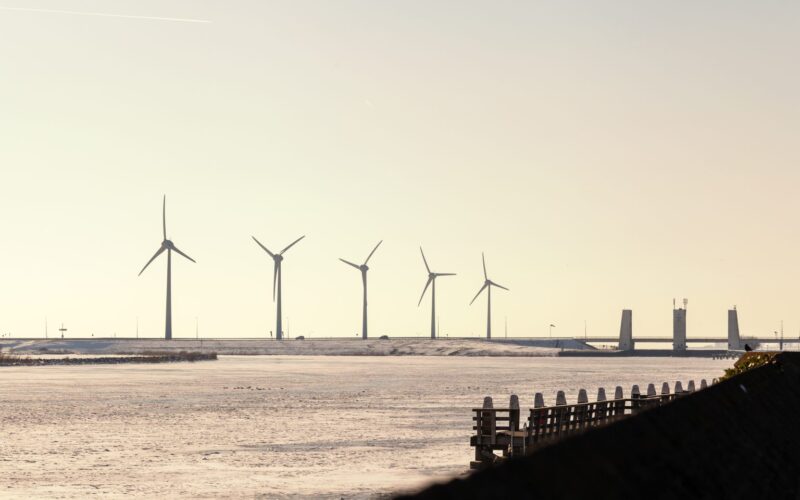In a significant move applauded by environmental and energy experts, the Labour government has decided to overturn the effective ban on onshore windfarms in the UK. The ban stems from restrictive footnotes within the National Planning Policy Framework (NPPF), which governs the building of infrastructures.
The footnote had uniquely targeted onshore wind projects and required strong proof that there was no opposition local while making turbines, which made the construction impossible, as there is more often than not some kind of local resistance in any construction.
Labour’s proposed revisions to the NPPF include the complete removal of these footnotes, thereby placing onshore wind projects on equal regulatory footing with other forms of infrastructure. This change will officially come into effect on 18th July, when the parliament resumes.
Chancellor Rachel Reeves announced the decision on Monday in a speech saying she would end the “absurd” ban, arguing that decisions should be “taken nationally, not locally”.
In a policy statement, officials wrote: “Delivering our clean power mission will help boost Britain’s energy independence, save money on energy bills, support high-skilled jobs and tackle the climate crisis. We are therefore committed to doubling onshore wind energy by 2030. That means immediately removing the de facto ban on onshore wind in England, in place since 2015. We are revising planning policy to place onshore wind on the same footing as other energy development in the National Planning Policy Framework.”
Mike Childs, head of science, policy, and research at Friends of the Earth, praised the decision and said, “By ending the onshore wind ban in England, Labour is making an important stride towards delivering on our climate goals, while also paving the way for lower bills, as renewables produce some of the cheapest and cleanest energy available.”
Childs highlighted a recent study by Friends of the Earth, which found that using less than 3% of land in England for onshore wind and solar could generate 13 times more clean energy than currently produced, enough to power all households in England twice over. He added, “By harnessing the country’s vast renewable power potential, the new government is staking its claim as a global leader in the green energy transition.”





















